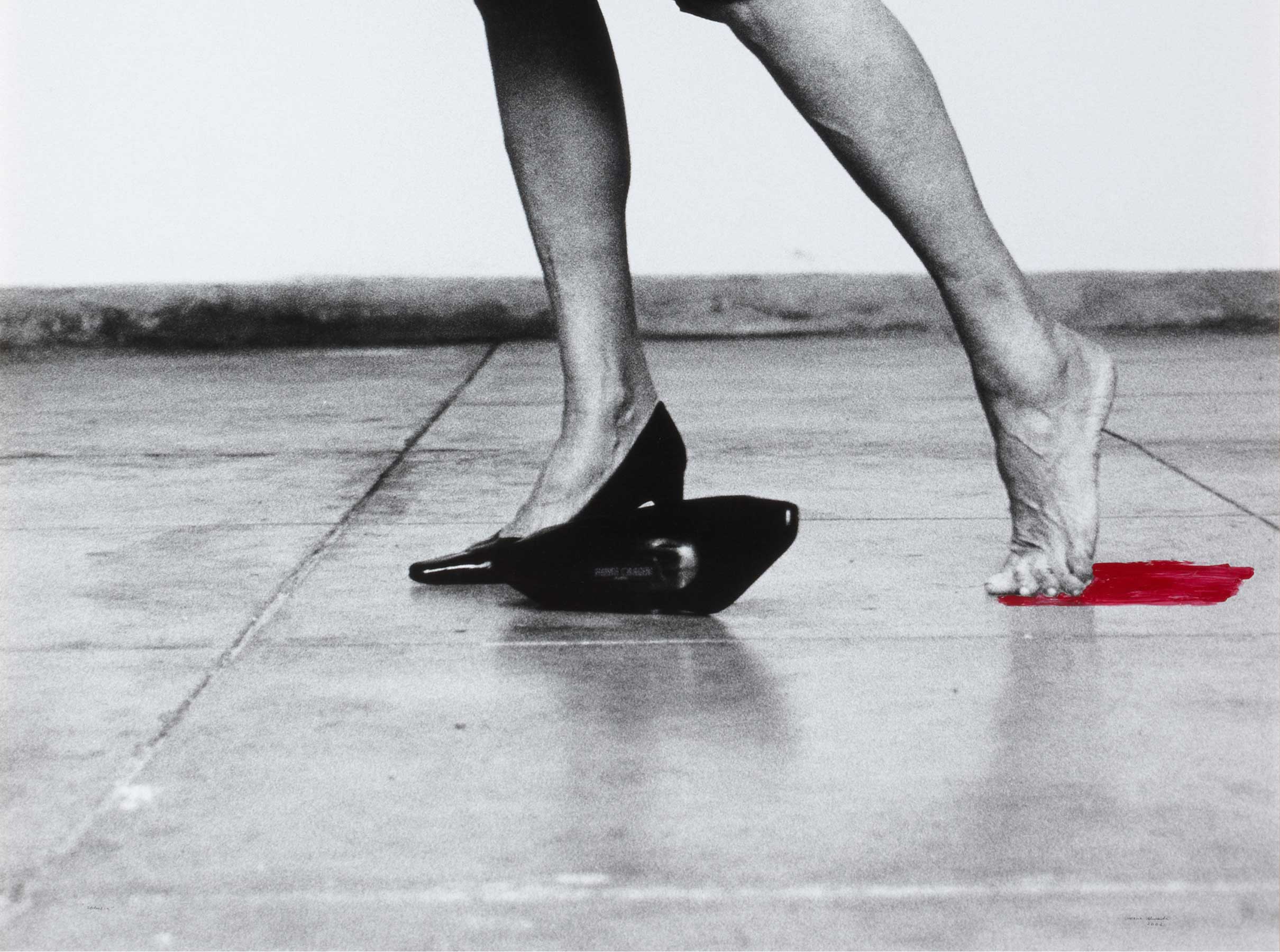ADN, DNI, DINERO (Serie) [DNA, ID, MONEY (Series)]

- 1995
- Chromogenic print on paper (4 copies in Collection)
- 100 x 80 cm each
- Cat. F_S_3
- Acquired in 1997
Javier Baldeón learned his craft at the School of Fine Arts in Valencia. Following his first solo exhibition in the mid 1980s his work settled somewhere between investigation and evocation, as he minimised the expressive resources that he used and focused on the tactile qualities of painting. In his photos he focused on the practical resolution of the medium and its differences with other techniques, seeking to produce images that were paradigms of what photography should be. With his focus partly on painting and partly on photography, or partly on questioning simulation and partly on the reality of pictorial representation, Javier Baldeón spent some time in New York and subsequently came to concentrate on the actual processes involved in his work, the use of new materials and chance physical and chemical reactions. His most characteristic pieces are those that he produced with synthetic resins in the 1980s and 1990s. Creating light and shade effects from inside his works, as if they were dioramas, he underscores the vagueness of representation. Drawn by the potential of photography for manipulating reality, in the mid 90s he began to focus on the systems that institutionalise the submission of the individual to social norms. This led him to create a series of photos based on money, ID cards and passports that highlight our subordination to the structure of a system that controls everything from our genetic code to our national identity, i.e. everything that makes us legally someone. In that series he uses repetition and reproducibility to reflect on randomness, causality and chance.
Other works by Javier Baldeón

![ADN, DNI, DINERO [DNA, ID, MONEY]](/f/webca/INF/assets/img/fff.png)